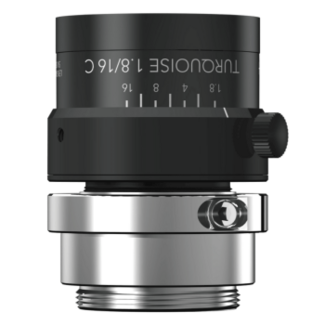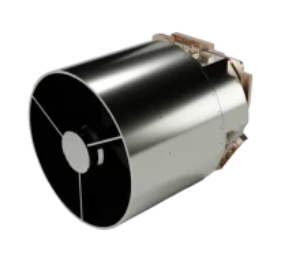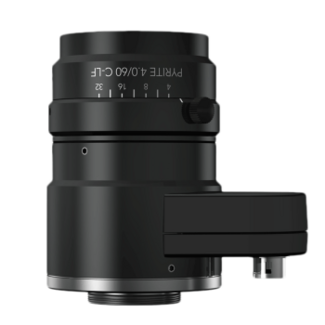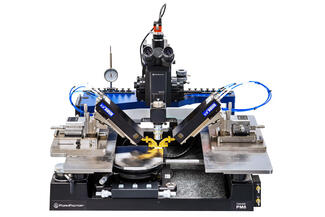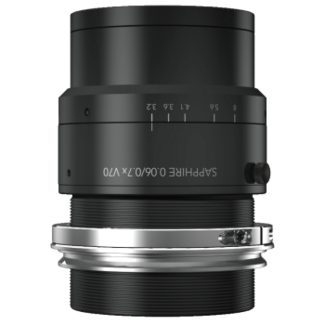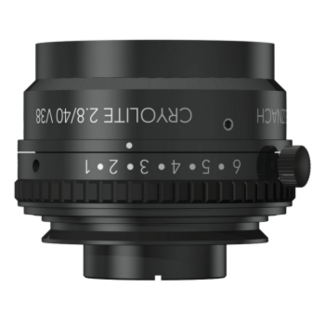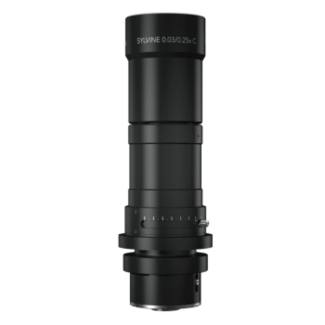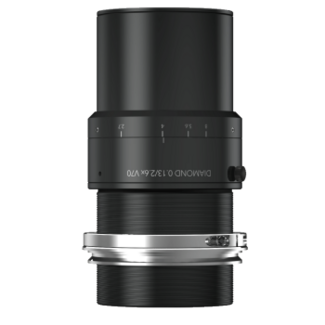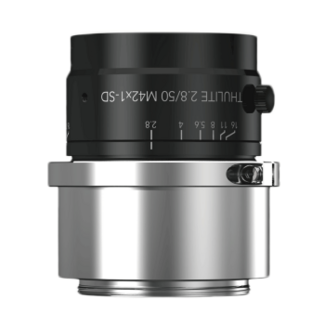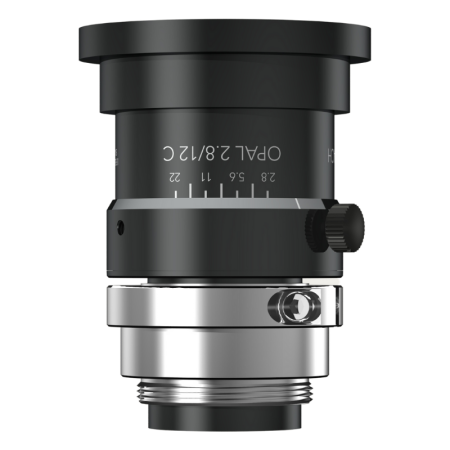Schneider Optics - OPAL C-Mount Lenses
- 1.1" (17.6 mm) max. sensor size
- Very high resolution down to 2.4µm pixel size
- Low chief ray angle suits all SONY Pregius™ generations
- C-Mount lens
- Focal length: 12 mm
- Initial aperture: F2.8
Opal lens for the Industry
This C-Mount lens with 17.6 mm image circle and 400-1000 nm broadband AR coating is designed for pixel sizes down to 2.4 µm. The anti-shading design prevents shading caused by micro lenses and results in a very even light distribution. A robust metal housing ensures a stable image position even under harsh environmental conditions.
Discover the compatibility of OPAL lenses with top sensor brands
Check out the optimal sensor compatibility for OPAL lenses. Our selection includes a variety of compatible sensors from leading manufacturers such as Sony, OnSemi, GPixel, Teledyne e2V, ams. Improve your imaging efficiency and accuracy with the ideal lens-sensor combination.
Lens Models
|
Lens |
Focal Length |
Aperture Range |
Max. Sensor Size |
Mount |
Special Feature |
Datasheet |
|---|---|---|---|---|---|---|
|
12 mm |
F2.8-22 |
(17.6 mm) 1.1" |
C-Mount |
- |
Didn't find the right fit?
If these models don’t meet your requirements or specifications, explore our complete lens portfolio using our lens selector.
Applications & Markets of the OPAL Lens
Machine vision enables machines to recognise objects, patterns and other visual features through the integration of lenses and image processing.
>>>Automated Optical Inspection
Automated optical inspection (AOI) uses cameras and software to inspect and analyze components for defects in a manufacturing process.
3D and 2D measurement uses cameras and image processing to accurately measure the dimensions and geometry of objects.
Robotic vision can identify objects, measure distances and track motion, enabling robots to perform complex tasks autonomously.
Environmental Facts of the OPAL lenses
Our OPAL compact lens are tested to DIN standards to ensure they meet stringent environmental requirements. These tests check the durability of the compact lenses, their resistance to temperature changes and their ability to withstand shock tests and sinusoidal vibration. This ensures that the industrial lenses are up to the task in demanding industrial applications such as machine vision or automated optical inspection, providing consistent performance and reliability over time.
|
Slow Temperature Cycling |
Damp Heat, Cyclic |
Shock Testing |
Sinusoidal Vibration |
|---|---|---|---|
|
-25°C - +70°C 5 cycles a 12h DIN ISO 9022-2-14-03 -1 |
-23°C - +40°C 80% - 95% rel. humidity DIN ISO 9022-2-16-01-1 |
50 g / 11 ms 18 shocks DIN ISO 9022-3-30-06-1 |
2 g 10-500 Hz DIN ISO 9022-3-36-04-1 |
Optical Filters
By protecting the lens, eliminating unwanted wavelengths and enhancing contrast, optical filters improve the image quality of your lens in industrial applications.
>>>You may need an optical filter as well? Click here for more information
